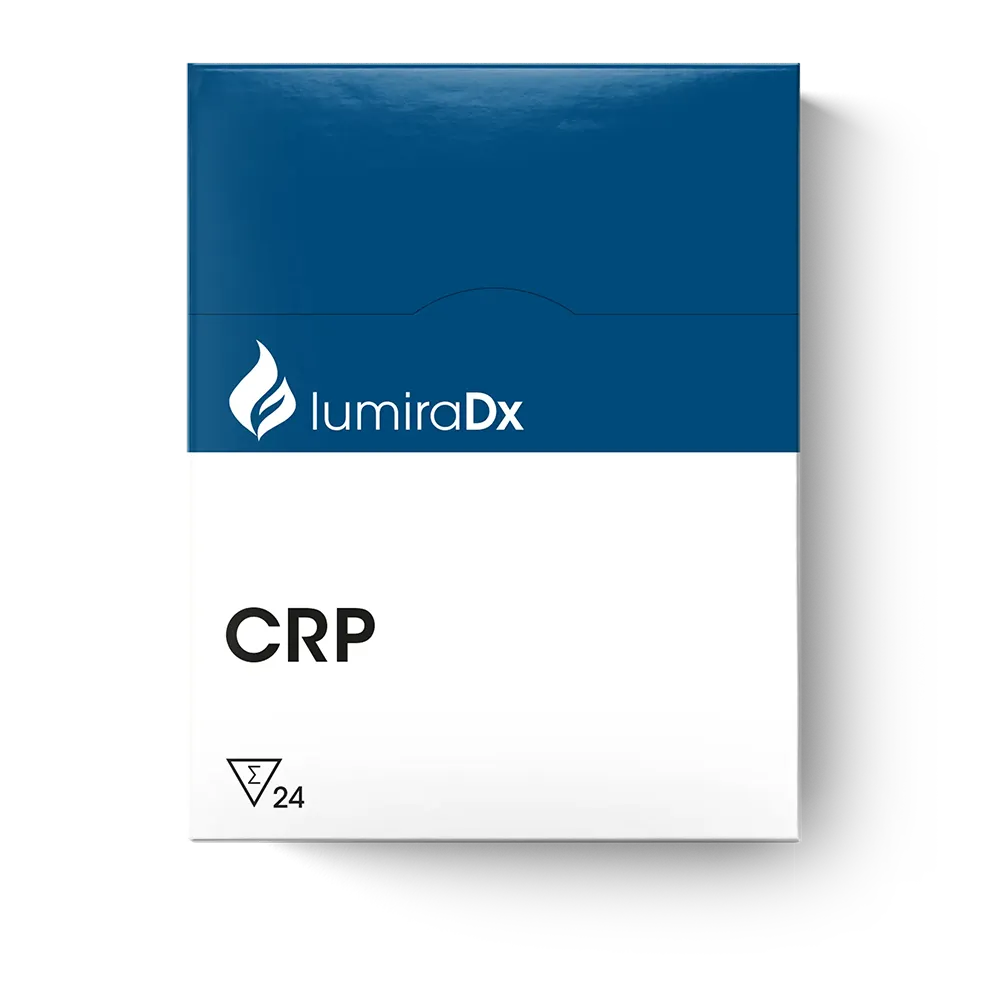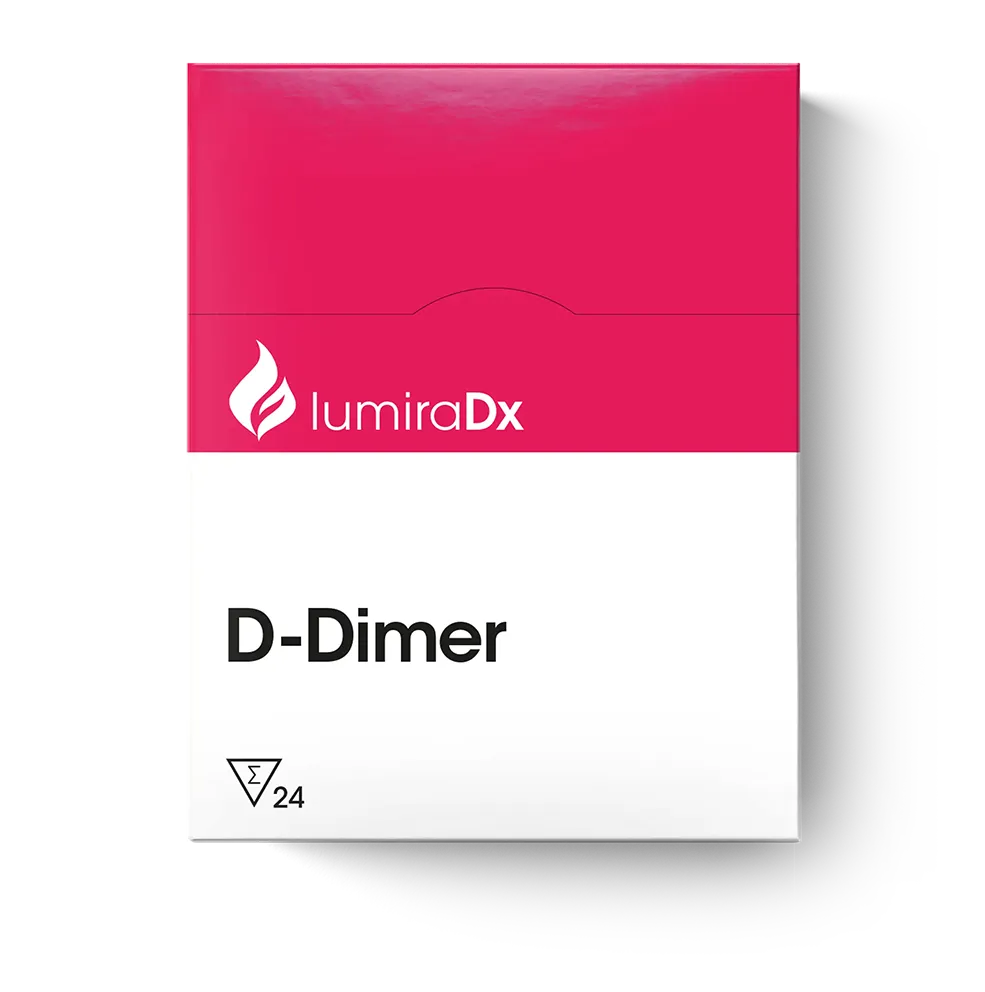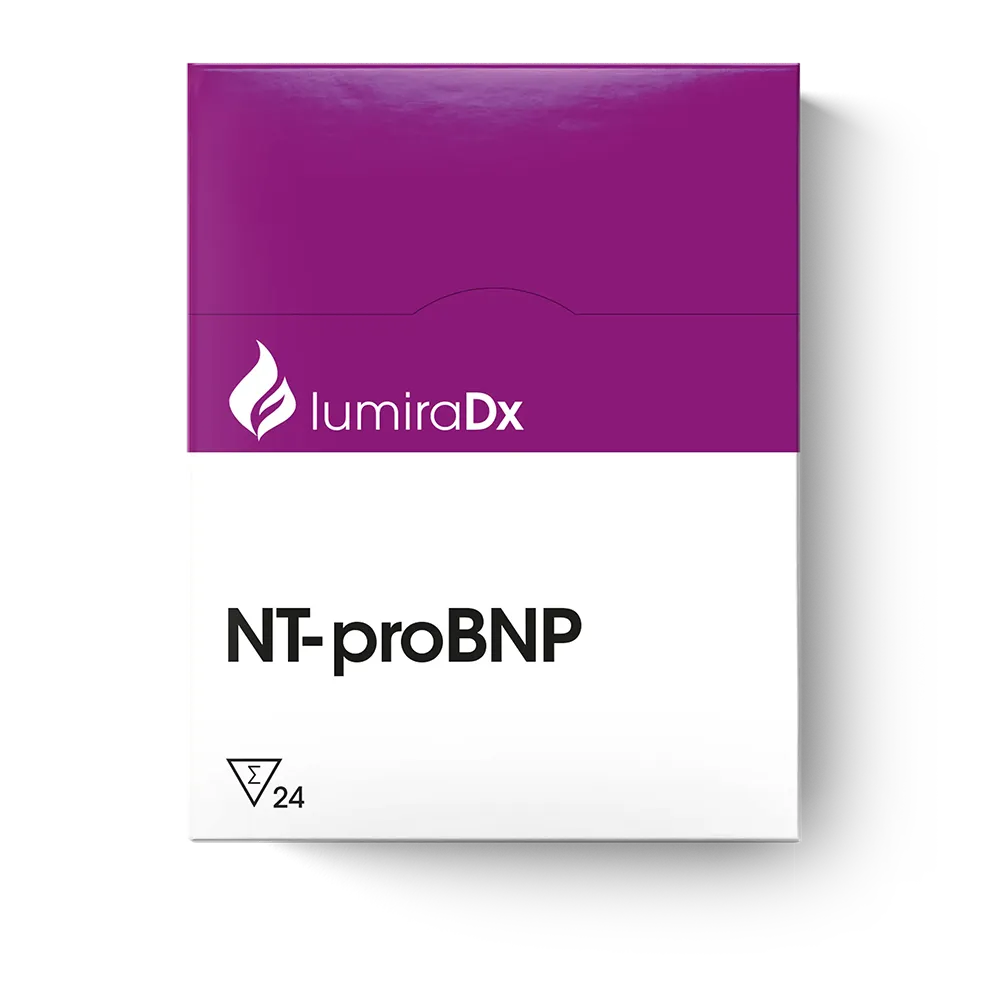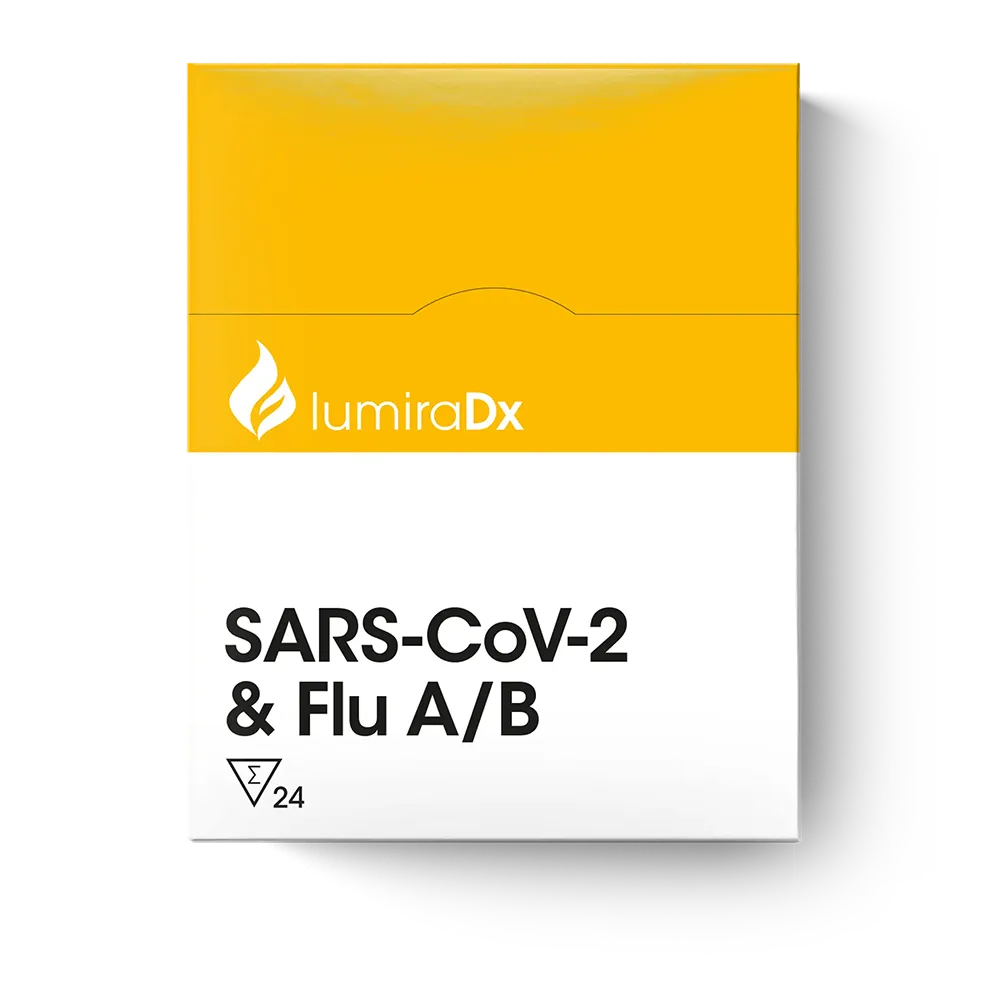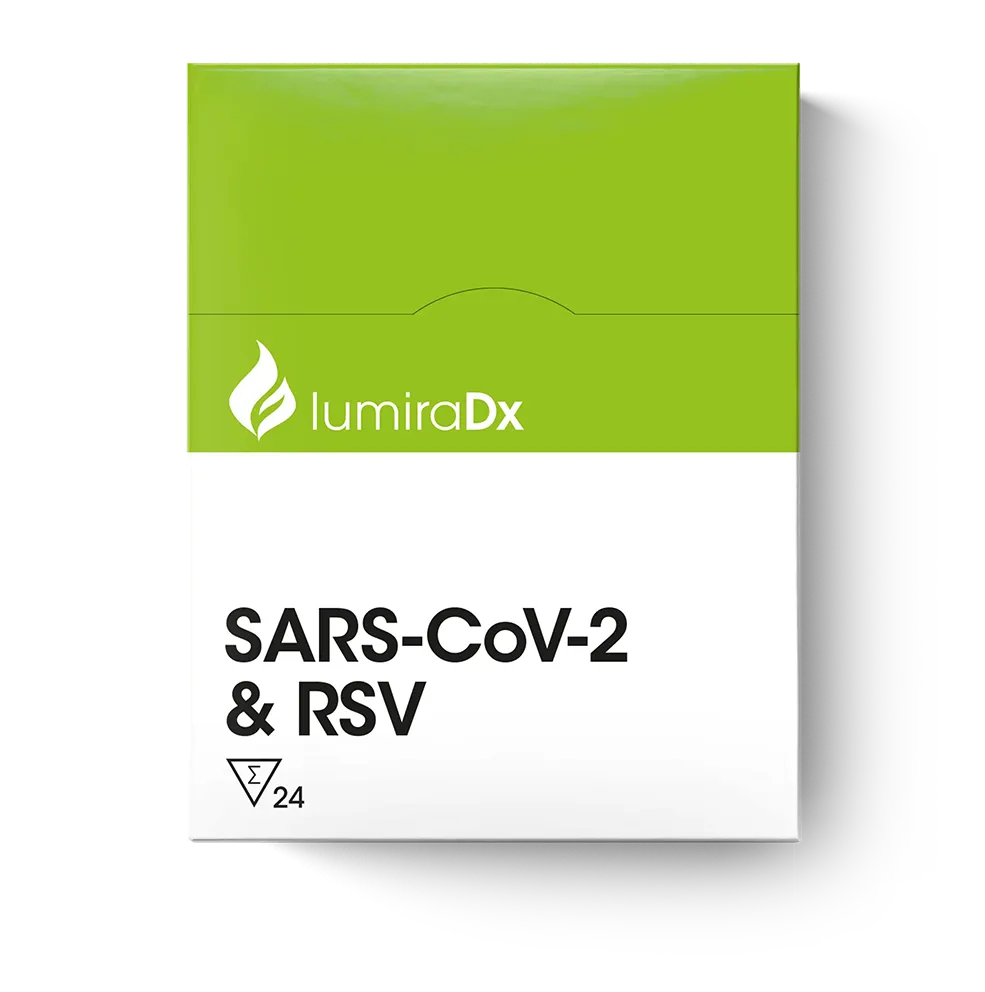Power to transform
point of care diagnostics
We create innovative, patient focused, lab-accurate diagnostics that are transforming community based healthcare. The LumiraDx Platform has been deployed by governments and leading healthcare institutions across laboratories, urgent care, physician offices, pharmacies, schools, care homes and workplaces to screen, diagnose, and monitor wellness and disease.
Our Platform offers next-generation solutions, using cloud-based technology and data to develop supported self-care plans, which improve individual and system-wide health outcomes. We have a long track record and experience in creating diagnostic solutions that are smart, accessible, and affordable.
